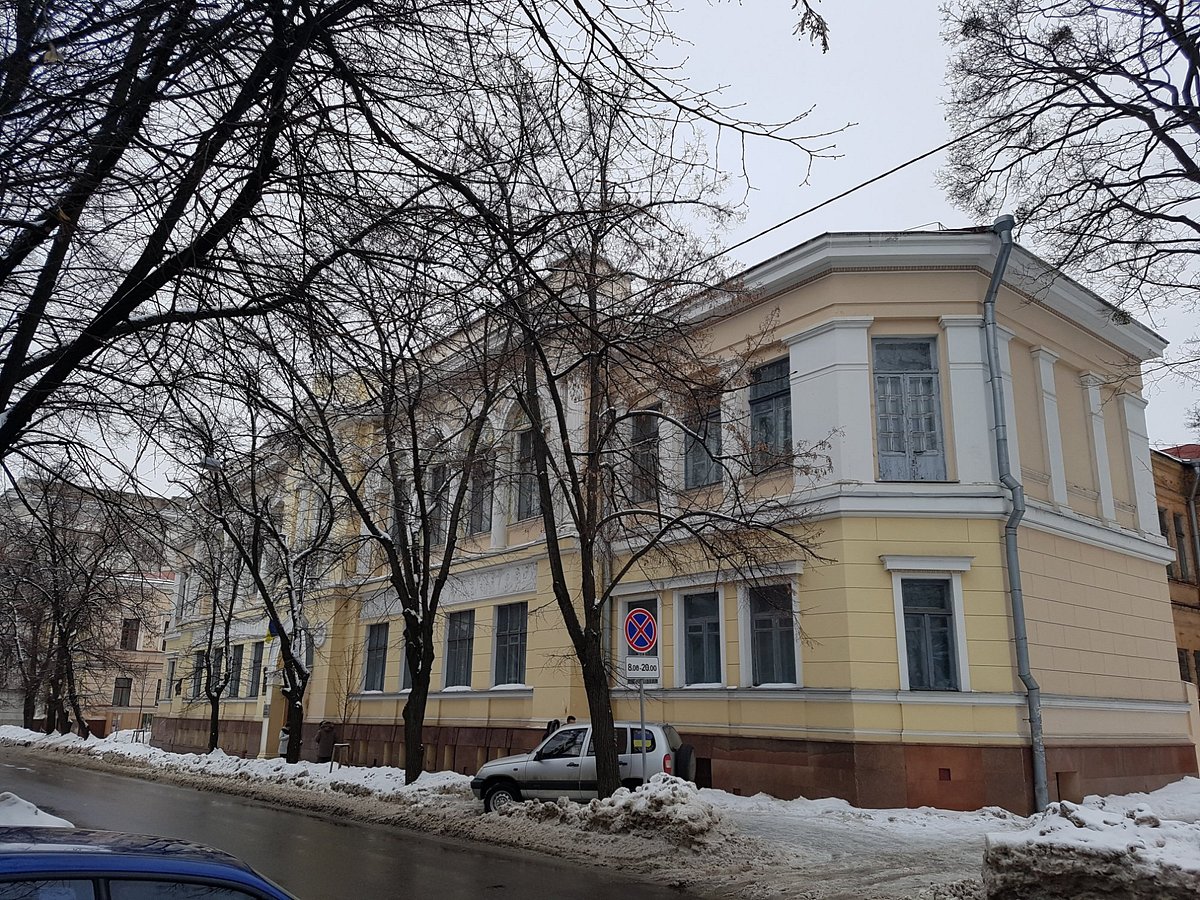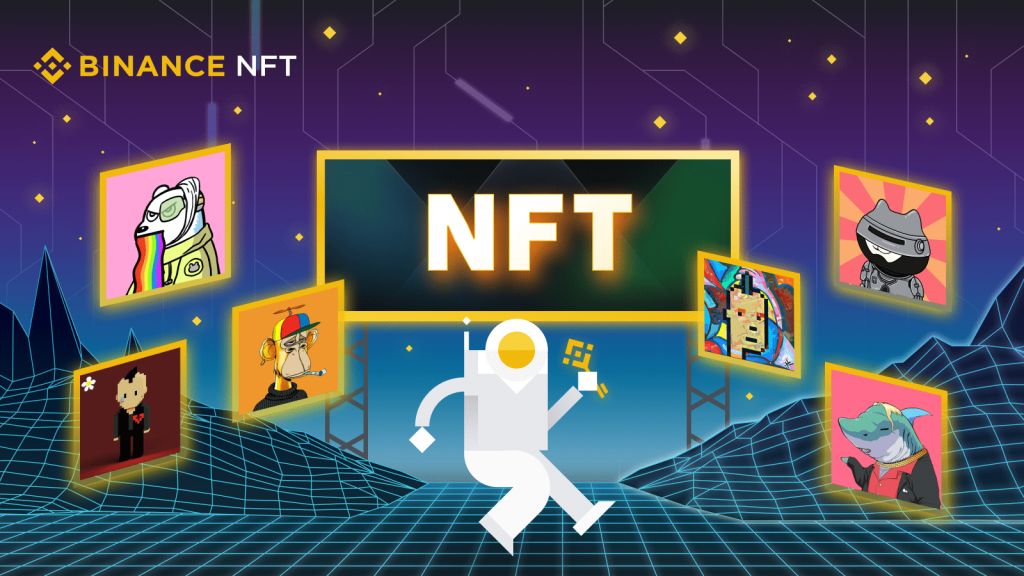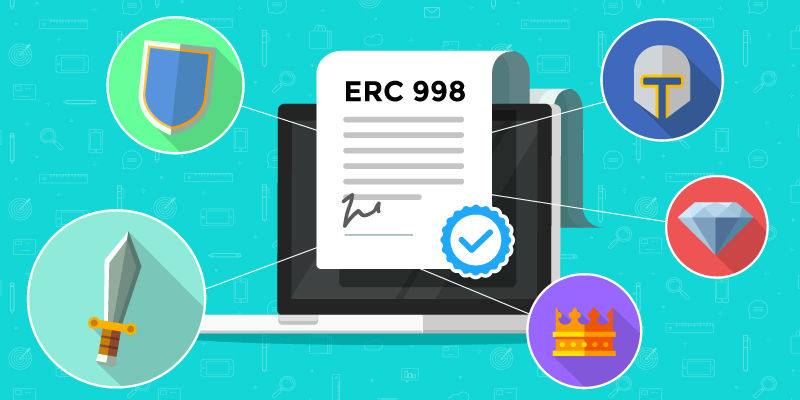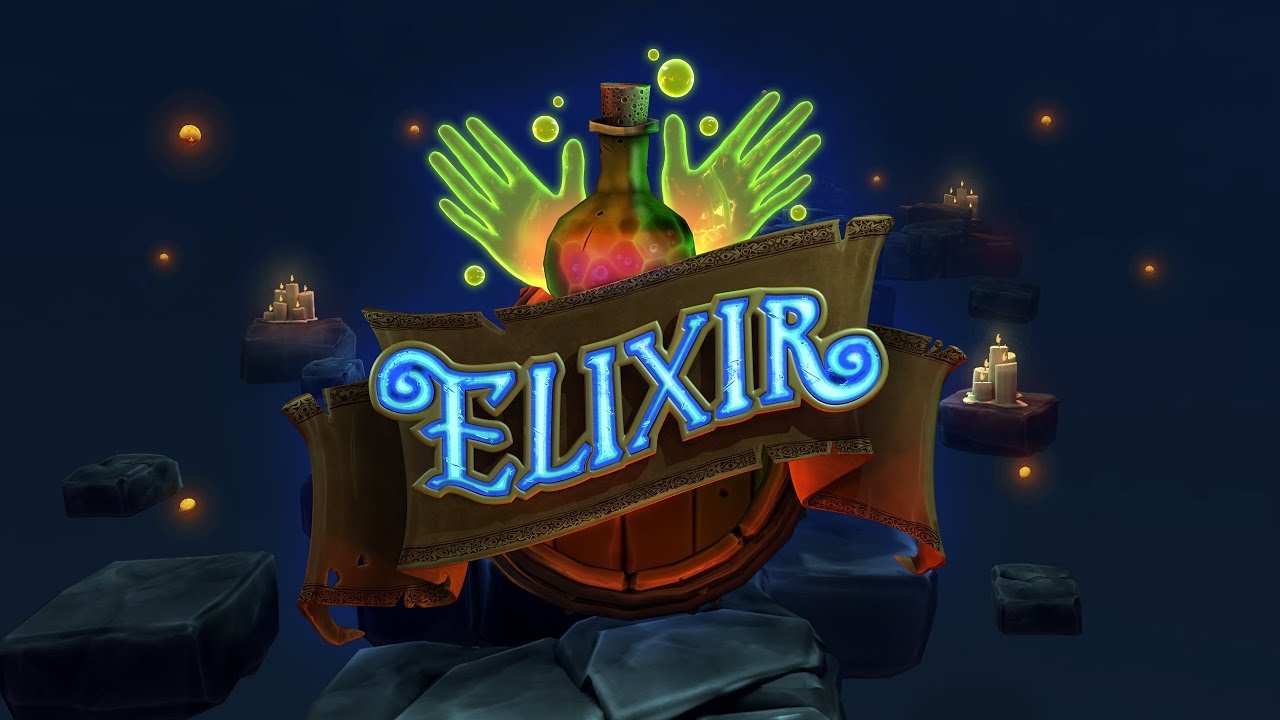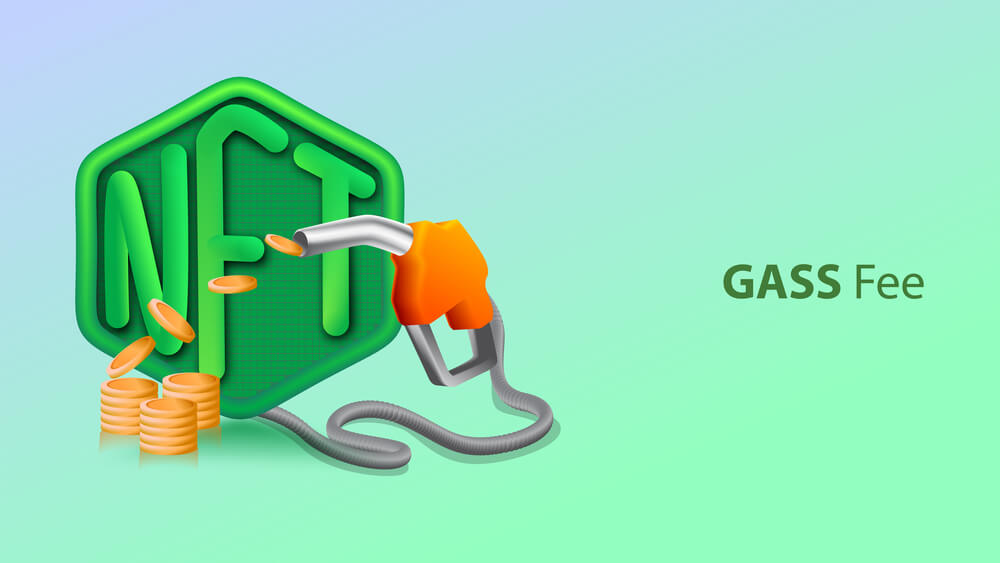The Kharkiv Art Museum introduced a new NFT collection on the Binance NFT marketplace to help in raising money for operations and the preservation of cultural heritage.
As the Web3 space keeps expanding, nonfungible token (NFT) use cases seem to continue to develop past the hyped days of stagnant digital art collections. Nevertheless, even within the art realm, NFT utility is getting reinvented, as is the case with a Ukrainian art museum.
On October 13, the Kharkiv Art Museum announced that its Art without Borders NFT collection is now available on the Binance NFT marketplace.
Art without Borders consists of 15 pieces of art from the museum’s collection, with proceeds going to finance the museum and “save the cultural heritage of Ukraine,” as highlighted by the official announcement.
The museum is one of the oldest in the Whole of Ukraine, with almost 25,000 works of fine art done by Artists from Ukraine and around the whole world. Artwork by Georg Jacob Johann van Os, Simon de Vlieger, Albrecht Dürer, Ivan Aivazovsky, and others is featured in the NFT collection.
Binance NFT head Lisa He told reporters that in a time of conflict, when the donors are seeking a Secure and guaranteed way to donate funds, NFTs offer reassurance:
“[NFTs] offer peace of mind and security for donors because all transactions are registered on blockchain technology. All donations to causes via NFTs are tracked and can’t be altered or deleted.”
The Binance executive continued to say that the transparency of the blockchain also lets donors know when and if their funds reached the desired destination.
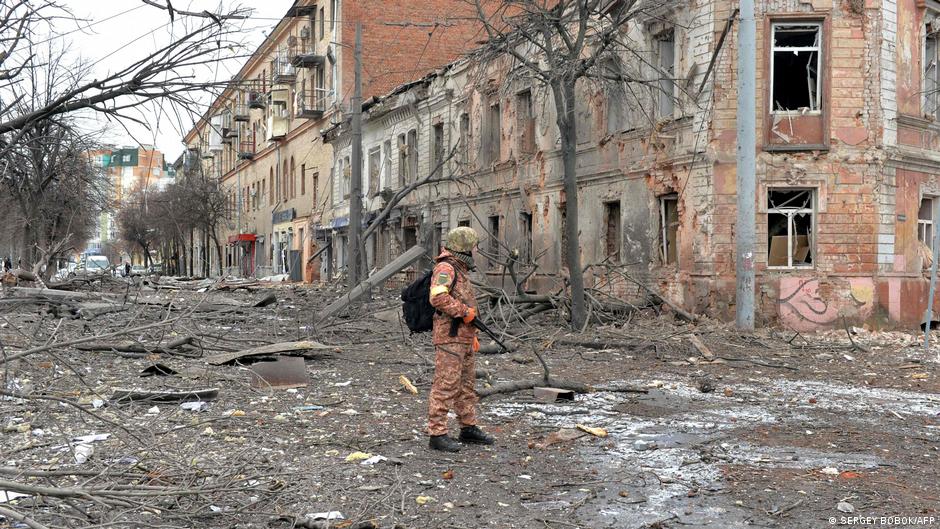
Museums, such as the Royal Museum of Fine Arts Antwerp, have used nonfungible tokens (NFTs) as a means of digitizing art previously. The museum tokenized a piece in its collection worth millions of euros.
Notably, art has even been NFT-ized in metaverse museums, like when Frida Khalo’s family brought a never-seen-before piece from their private collection into Decentraland.
In the meantime, the city of Kharkiv has been subject to severe fighting in the continuing conflict between Russia and Ukraine. Thus, this NFT collection’s utility can help preserve culture currently at risk of getting destroyed, which was the case in the infamous looting of the National Museum of Iraq in Baghdad in 2003.
Lisa He insists that the integration of “nascent NFT technology and the long-standing Ukraine culture heritage in the NFT will support rebuilding culture and history in real life.”
Already nonfungible tokens (NFTs) have been used as an act of help and resistance in Ukraine during the current turbulent times. Funds acquired from an NFT auction were used to help in the restoration of physical monuments that have been severely damaged during the conflict.
The Ministry of Digital Transformation in Ukraine also launched its in-house digital NFT museum to help in documenting and preserving a timeline of major events in this conflict.
Lisa He stated that Binance will continue supporting NFT projects that Develop practical and scalable solutions for different social problems, “including the preservation of Ukraine’s cultural heritage.”

